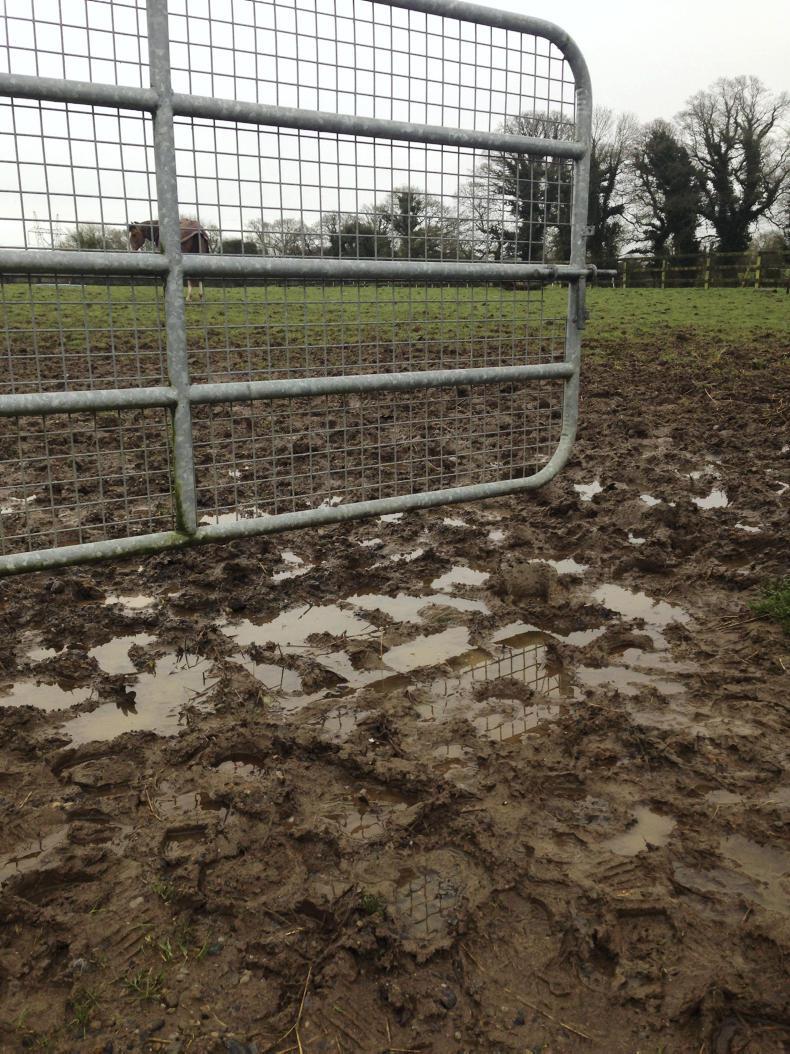A HORSE'S coat naturally changes with the seasons. From mid-September to mid-October the horse will grow a thick winter coat and between February and April the horse will lose his winter coat and grow a lighter summer one.
The grass-kept horse
Grass-kept horses and ponies who are not in work should be left unclipped to give them protection from the weather. Careful consideration should be given as to whether or not grass-kept horses require an additional turnout blanket.The horse’s natural way of creating insulation is for the body hairs to lift up and trap warm air against his skin. By rugging the horse you may prohibit the body’s natural way of insulating itself. Also, from a management perspective, the rugs will need to be removed daily so that the horse can be properly checked over and lightly groomed. This creates additional work, which may not be necessary.During the winter grass-kept horses who are not rugged do not require grooming because the natural oils in the horse’s coat are necessary to help keep the horse warm.Clipping
The first clip takes place in late September/Early October.If a grass-kept horse is in steady work they may benefit from a trace clip in early October or November but will need to be rugged to compensate for the hair that has been removed.For stable-kept horses in heavy work they may benefit from a blanket or full clip. This will help them to dry off more quickly after exercise. Fully clipped horses will need to be rugged appropriately to keep them warm.(For more on clipping click here.)
Turnout rugs with a neck attachment are popular for the winter months as they keep the horse warm and clean so may be worth investing in.Winter work
Road studs are often used by hunters to increase grip when working the horse on the road or in fields. Discuss with your farrier about using road studs if your winter work will consist of more road work due to wet and muddy fields/outdoor arenas. The caulk and wedge shoe is another alternative that can be discussed with your farrier. During the darker winter months, riders are dealing with inclement weather and ground conditions, here’s our advice:
Be safe, be seen
In poor weather conditions a driver’s visibility can be greatly reduced, therefore it is very important to wear high-visibility clothing when out hacking out on the roads. Investing in high good quality hi-viz gear – this will help to ensure that you are seen when out riding on the roads and safe if out hacking this winter. An exercise sheet or paddock sheet can be used under the saddle for exercise in cold winter weather. These are available in a waterproof material and or with fluorescent strips for work in wet weather or road exercise.Horse Health
It is imperative that your horse has access to clean fresh water at all times. Tip: Cut a tennis ball in half and place it in the water trough, this will help stop the water in the trough from completely freezing over.Now is a good time for horse owners to assess their horse’s diet to ensure they remain healthy and in optimal condition during the winter months.At this time of year horse owners need worm their horses for small strongyles or encysted red worms. Small strongyle larvae can cause severe damage to the lining of the intestine, especially when large numbers of larvae emerge from the encysted stage all at once. Colic and diarrhea can occur in heavily infected horses. For more information click here.
The Yard
It is a good idea to keep a can of WD40 on the yard during the winter to help thaw out padlocks. Tip: If possible, cover your padlocks with a plastic bag to stop the locks being affected by the ice and wet weather.Minimise mud by improving drainage in gateways or putting down road chippings, this may help to prevent gateways becoming poached (see image below.)
Minimise mud by improving drainage in gateways or putting down road chippings



 This is a subscriber-only article
This is a subscriber-only article
 It looks like you're browsing in private mode
It looks like you're browsing in private mode











SHARING OPTIONS: